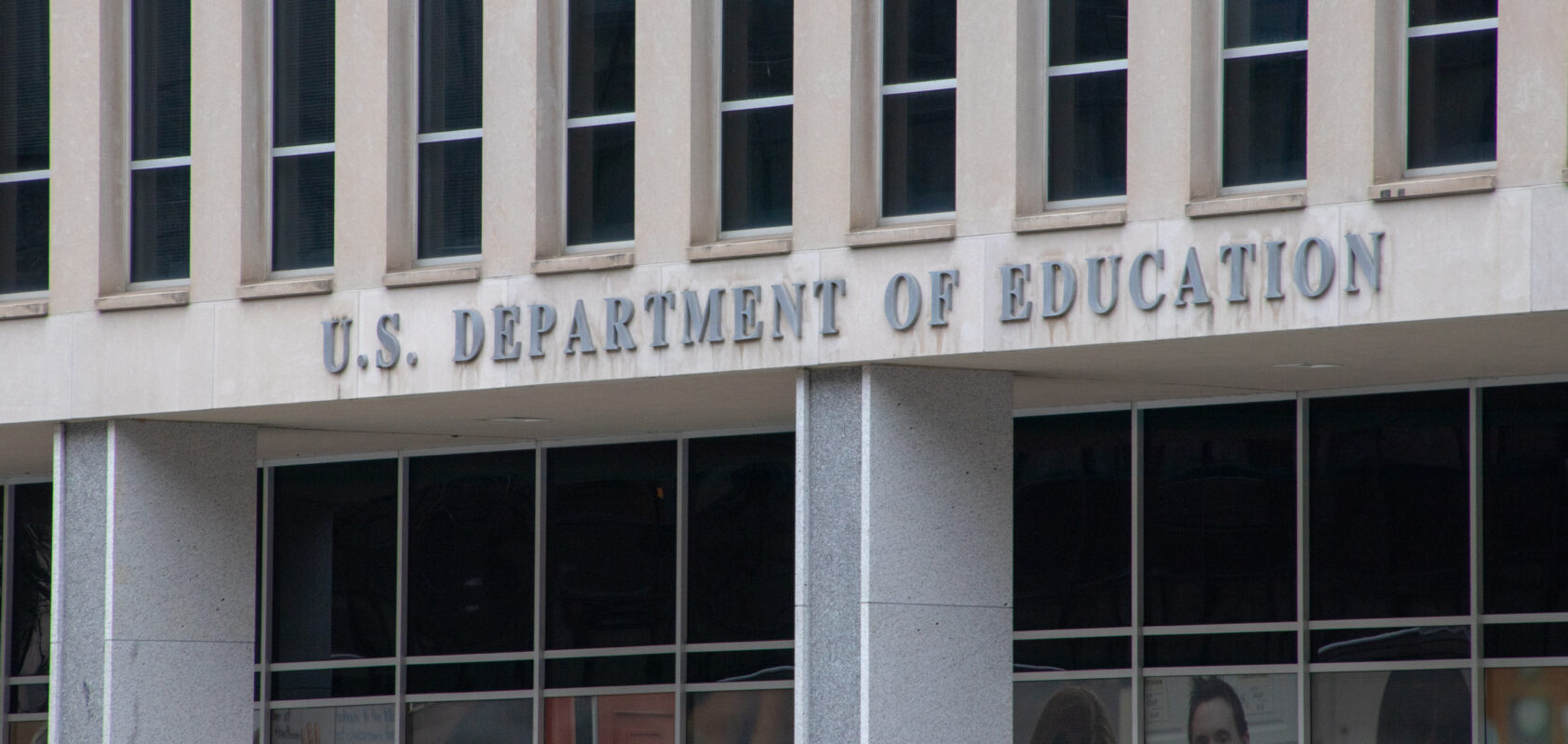The Joint Committee on Infant Hearing (2019) recommends that all infants should receive a hearing screening prior to discharge from the birth hospital, and no later than one month of age. Infants whose initial birth screening, and any subsequent rescreening, warrant additional testing should have an audiological evaluation to confirm hearing status no later than three months of age, and infants who are identified as deaf or hard of hearing in one or both ears should begin early intervention services as soon as possible, but no later than six months of age. Audiologists are familiar with these guidelines, often referred to as 1-3-6, and most understand that goal “3” and “6” are often not met for babies who fail their newborn hearing screening (Centers for Disease Control and Prevention, 2022).
Jaradeh and colleagues (2024) designed a retrospective study using data from 132 children with a mean age of 2.4 years identified with sensorineural hearing loss. Participants had auditory brainstem response (ABR) testing, hearing aid evaluation, or cochlear implant mapping at a tertiary medical center between January 2018 and December 2021.
Simple and multiple linear regression analyses were used to identify social, demographic, and health factors associated with age at hearing loss identification, age at intervention (amplification start), and interval between identification and intervention.
Hispanic ethnicity was significantly associated with later age at identification and intervention, and public insurance was associated with delays in intervention. Interestingly, the total number of ABRs (repeat ABRs on a patient) was significantly associated with both older age of identification and intervention.
The authors concluded that further research is necessary to understand the effects of ethnicity on meeting early hearing detection and intervention (EHDI) milestones and understand the root cause(s) of disparities in accessing hearing health care. Examining the causes will guide revisions to protocols and policies to ensure equitable access to timely hearing loss identification and intervention.
References
Centers for Disease Control and Prevention. (2022) Annual Data: Early Hearing Detection and Intervention (EHDI) Program (accessed July 4, 2024).
Jaradeh K, Liao EN, Lindeborg M, Chan DK, Weinstein JE. (2024) Barriers to meeting national early hearing detection and intervention guidelines in a diverse patient cohort. Ear Hear.
Joint Committee on Infant Hearing. (2019) Year 2019 Position Statement: Principles and Guidelines for Early Hearing Detection and Intervention Programs. J Early Hear Detect Interv 4(2):1–44.
Recent Posts
Your Support Makes the Difference—Let’s Finish the Year Strong
As we wrap up the year, I want to thank you for your generosity supporting the AAA Foundation’s work. The enclosed report highlights what you…
Audiology Faces New Challenges Under Draft Federal Loan Rule: What Comes Next
Member Action Needed Soon! The U.S. Department of Education’s Advisory Committee has reached consensus on proposed regulations implementing the higher education provisions of the One…
Unlock the True Worth of Your Expertise
New Amplify Your Value Track at AAA 2026 Designed for audiologists and practice leaders, our new Amplify Your Value track empowers you to rethink how…


